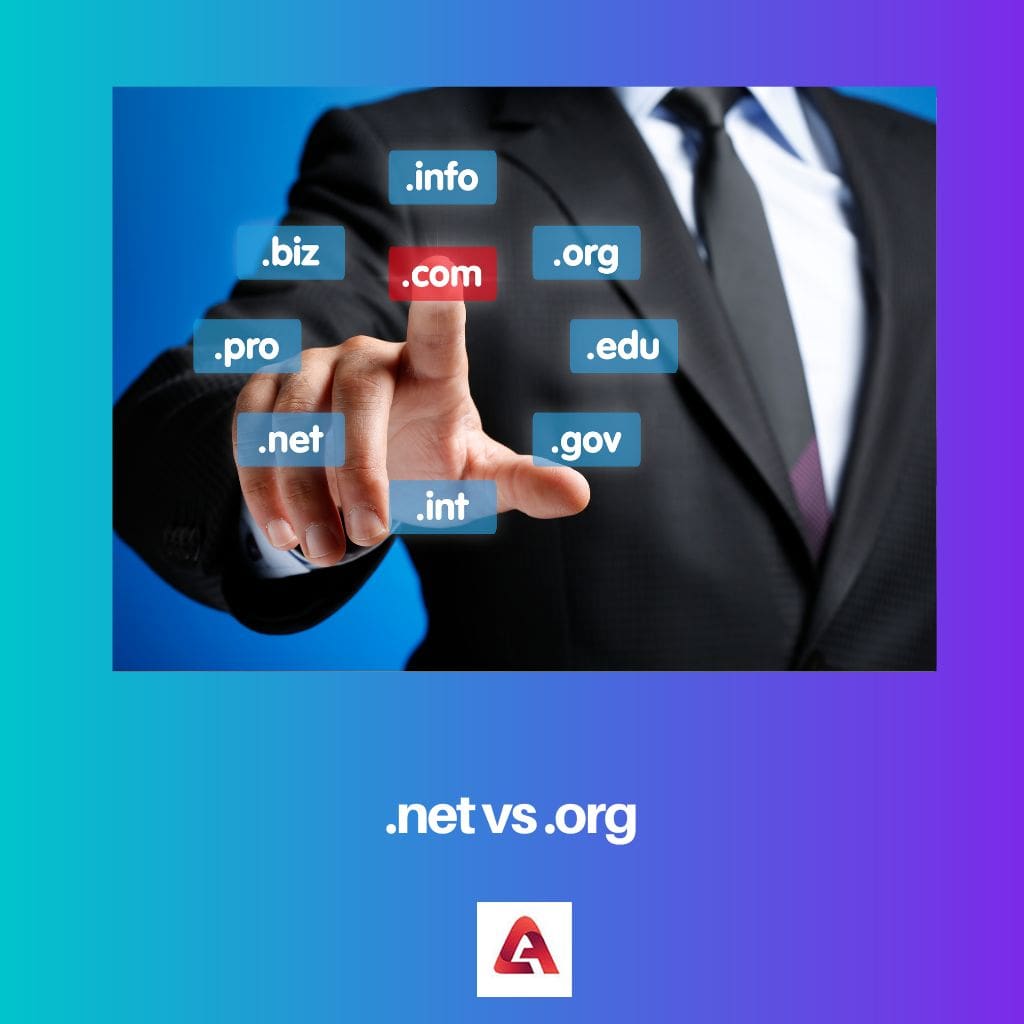The interconnected networks of computers can be linked with various electronic devices. Communication among these electronic devices is done through digital messages.
Email and Gmail are two popular terms that are related to communication through digital messages on the Internet. Though both seem similar, they have distinct differences in them.
Key Takeaways
- Email is a digital communication method for sending and receiving messages through electronic devices.
- Gmail is a specific email service provided by Google, offering features like spam filtering and integration with other Google services.
- Gmail is an example of an email platform, while email is the overarching concept of electronic communication.
Email vs Gmail
The difference between Email and Gmail is that Email refers to sending or receiving digital messages. On the other hand, Gmail is referred to as the platform through which electronic messages can be sent or received. No ads are displayed in an email, while targeted ads are displayed in Gmail, which even created controversies.

Email can be sent by various service providers. Some common Email providers are Webmail, Yahoo Mail, Hotmail, and various others. The security provided in the Email is comparatively lower.
Extensions are not supported in Email. The configuration of Email without a client can be complex.
While Gmail is an email service provider of Google, the security provided in Gmail is higher. The platform actively supports extensions from various third parties and delivers functionality to the users.
The registration and configuration process of Gmail is very easy and simple.
Comparison Table
| Parameters of Comparison | Gmail | |
|---|---|---|
| Stands for | Email stands for electronic mail | Gmail stands for Google mail |
| Purpose | It transfers or exchanges the messages in the network of communication | It not only transfers messages but also provides various features like virus protection, email reminder, spam filtering, and others |
| Interface type | The interface depends upon the platform | It has a POP based and web-based interfaces |
| Sync rate | After every 4 hours in a day, email can be synced | After every one hour in a day, Gmail can be synced |
| Data storage | Comparatively smaller size | Larger size |
What is Email?
Email signifies electronic mail, a method by which digital messages can be exchanged among electronic devices. Initially, email was considered a digital version of physical mail.
Currently, email is a basic part and process of any domain like commerce, business, entertainment location, or other spheres. The development of email had started in the early 1960s.
Every email address contains the at sign (@). The early emails could only be sent to users of the same computer. The inventor of the Network email is given to Ray Tomlinson.
He was the one to develop the first system which could send mail between users of different hosts. The username was linked with the destination server with the help of the ‘@’ sign across the ARPANET.
In the mid-1970s, the usage of email was mostly for computing environments like engineering and other science-related domains.
It was during the 1990s when email became a part of other industries like defence, military, government, and even universities. The origin of web browsers made email popular with the public. The operation of email occurs across computer networks.
The basis of the email model system is the store-and-forward form. The servers of email can accept, deliver, store and forward messages across the network.
The users need to be connected through the webmail interface or mail server and do not require to be online simultaneously for the delivery of messages.
MIME or Multipurpose Internet Mail Extensions extend the email’s other multimedia content attachment.

What is Gmail?
Gmail is an email service platform of Google. It is free of cost platform. Gmail can be accessed on the official mobile app or the web browser.
The protocols supported by Google for using email clients are through POP and IMAP. The email platform is available in over 105 languages. The users need to register before accessing the platform.
Gmail was created by Paul Buchheit. The email platform was launched on 1st April in the year 2004. The initial launch had provided users with only one gigabyte of storage space.
It has over 1.5 billion active users as of 2019. The content license of Gmail is proprietary. The entire platform is written in JavaScript (UI), C++ (back-end), and Java. The interface of Gmail is search-oriented and conversation view type.
Gmail has mail servers that can automatically scan emails for numerical functions like filtering malware or spam, for adding context-sensitive advertisements to the emails, and others.
The advertising practices of Gmail had faced severe criticism from privacy advocates as these advertisements had unlimited data retention and were monitored by 3rd parties. The parent company had been subjected to lawsuits that were concerning these issues.
The “basic HTML” version provided by Gmail can work on almost all browsers. The current and the previous releases of Gmail had a modern AJAX version and are supported by Microsoft Edge, Google Chrome, Safari, Firefox, and Internet Explorer web browsers.
The platform also allows sending and receiving emails from other addresses, which are non-Gmail, like Outlook.com, Yahoo! Mail, and others.

Main Differences Between Email and Gmail
- Email is a method or technique for exchanging or sharing information, while Gmail is one out of many other email systems for exchanging or sharing information.
- Email does not generate revenue from advertisements, while Gmail generates high revenue from advertisers displaying their advertisements.
- The peak sync times can be selected in email, while the peak sync times cannot be selected in Gmail.
- Additional features like spam filtering, email reminder, or virus protection are not provided in the email, while additional features like spam filtering, email reminder, or virus protection are available in Gmail.
- The URLs present in the email are displayed as tap-able links, while tap-able links are not supported in Gmail.







